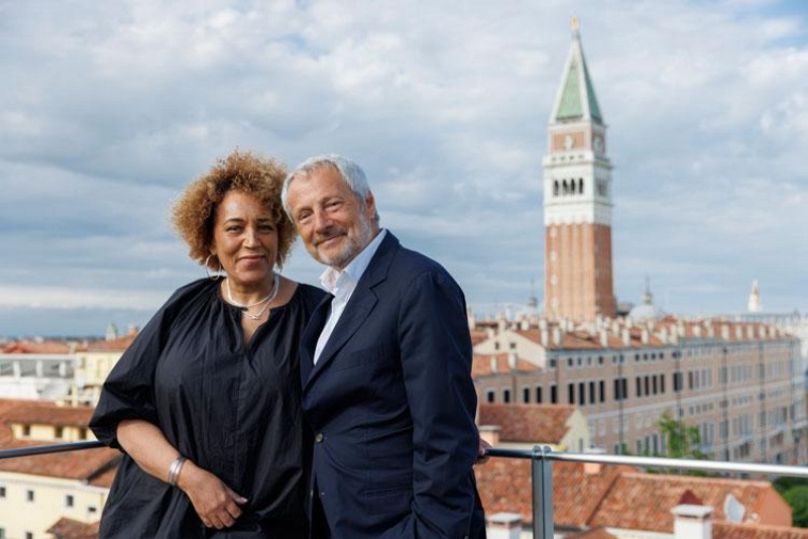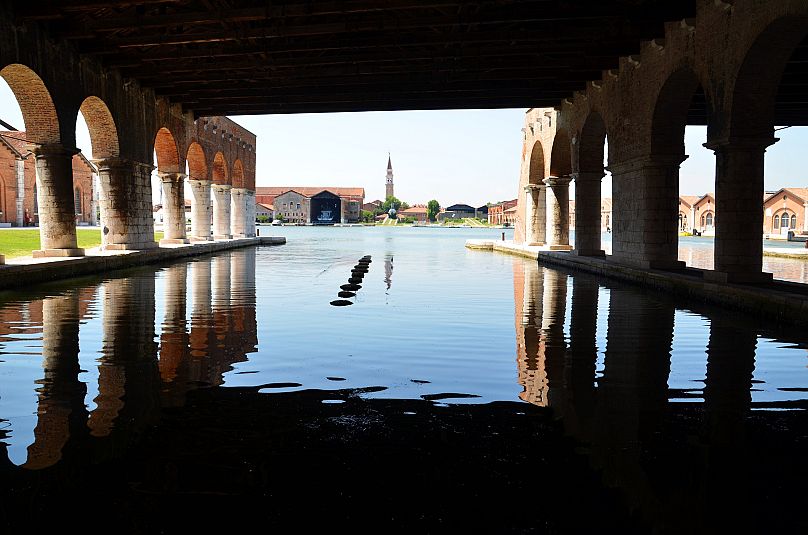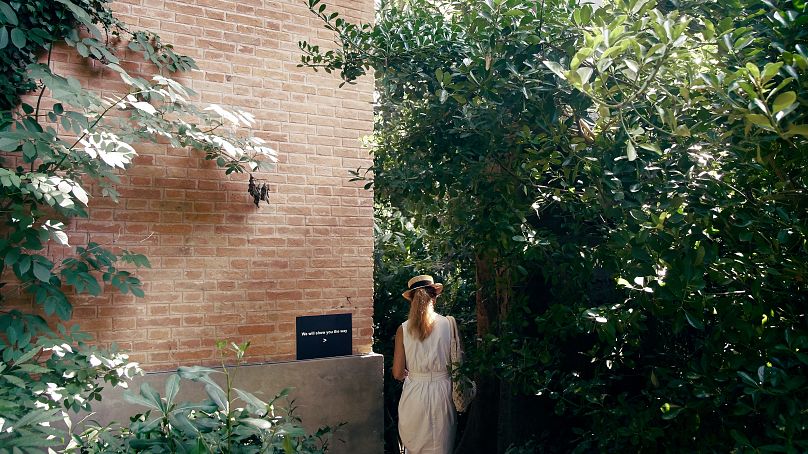Venice is gearing up for the 2023 Architecture Biennale, one of the most important festivals of the built environment in the world, which will open to the public on May 20th. The show is set to ask and spark debate around some big questions.
The 18th edition of the international exhibition is titled The Laboratory of the Future. Curator Lesley Lokko, an academic, educator and best-selling novelist, says the show’s theme was prompted by the question, “What does it mean to be an agent of change?”
“Aside from the desire to tell a story, questions of production, resources and representation are central to the way an architecture exhibition comes into the world, yet are rarely acknowledged or discussed,” Lokko says.
These ideas are teased out in the various exhibitions and national pavilions at the exhibition’s hubs of the Giardini and the Arsenale.
Here’s what to look forward to at the Biennale Architettura 2023.
Major platform for African participants
For the first time, the Biennale is putting African creatives centre stage; more than half the participants of the Biennale are either African or from the African diaspora.
Roberto Cicutto, President of La Biennale di Venezia, describes Africa as a place where “most of what is happening in the rest of the world is already happening to us.”
With the fastest rate of urbanisation in the world, this is a place where unplanned expansion imperils the environment and prompts questions about human impact on the planet.
The question at the heart of the exhibition is whether the continent of a booming population and rapidly expanding economy can become the agent of change.
In the Central Pavilion at the Giardini, The Laboratory of the Future will exhibit 16 architectural practices which “represent a distilled force majeure of African and Diasporic architectural production,” according to Lokko.
Threaded throughout the exhibits in both the Giardini and Arsenale venues will be young African and Diasporan practitioners, dubbed Guests from the Future, whose work provides a glimpse of pioneering practices and ways of seeing the world.
The Applied Arts Pavilion will focus on the way modernist architecture was employed to support colonialism and then reclaimed by West African architects to promote Ghana’s independence.
Indigenous voices and reckoning with colonialism
Lokko’s exhibition will also challenge the dominant voice of architecture which is “exclusive and singular.” The 2023 Biennale emphasises the plurality of voices, particularly those historically marginalised.
For Lokko, the question was how to move away from a single story and instead ensure the exhibition tells “multiple stories that reflect the vexing, gorgeous kaleidoscope of ideas, contexts, aspirations, and meanings that is every voice responding to the issues of its time.”
The Brazil national pavilion will be a celebration of indigenous voices and practices by highlighting that Brazilia was not built “in the middle of nowhere” but on land seized from indigenous people.
Britain, instead, will highlight how everyday rituals like cooking and dancing are tools for diasporas to establish their own spaces and shape the built environment.
The Australian pavilion will explore the multiple Queenstowns settled around the world by the British Empire that have overwritten indigenous place names. “The British Imperial hangover is pervasive in every corner of the globe: there is quite literally a Queenstown on every continent, bar Antarctica,” the team says.
Architecture’s role in a decarbonised world
The 18th edition of the exhibition also examines architecture’s demands on the planet and use of resources. The show is not just a conceptual debate on these themes, but aims to promote concrete and necessary actions.
At the Uzbekistan pavilion, French-Moroccan office Studio KO will ponder the methods of breathing new life into historic and heritage buildings.
Similarly, Turkey’s pavilion will take a theoretical view while exploring perceptions of unused buildings and how to tell their stories.
The Danish pavilion examines a topic very relevant to the exhibition’s location in Venice. Curated by Josephine Michau and in collaboration with landscape architectural firm Schønherr, 'Coastal Imaginaries' will centre on climate change and rising sea levels.
The pavilion will propose “a design for the city which would allow it to better coexist with the rising seawater and rainwater levels that result from climate change, and which pose a significant threat to Copenhagen,” the firm says.














